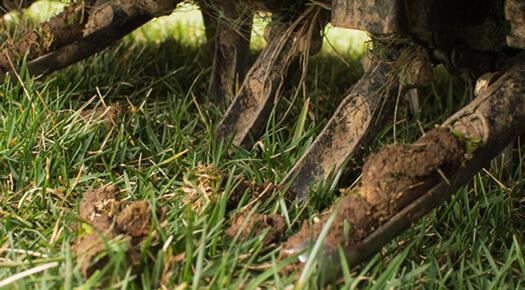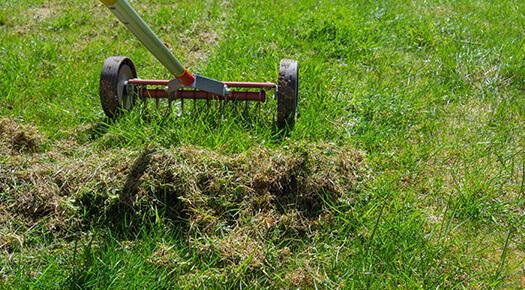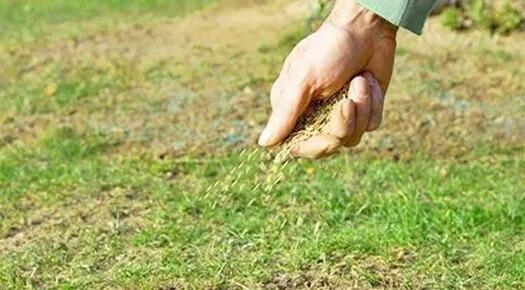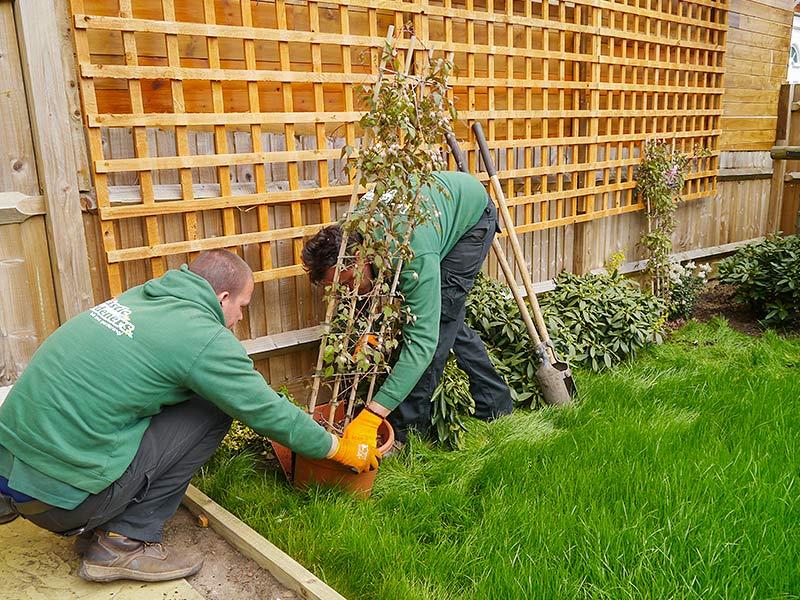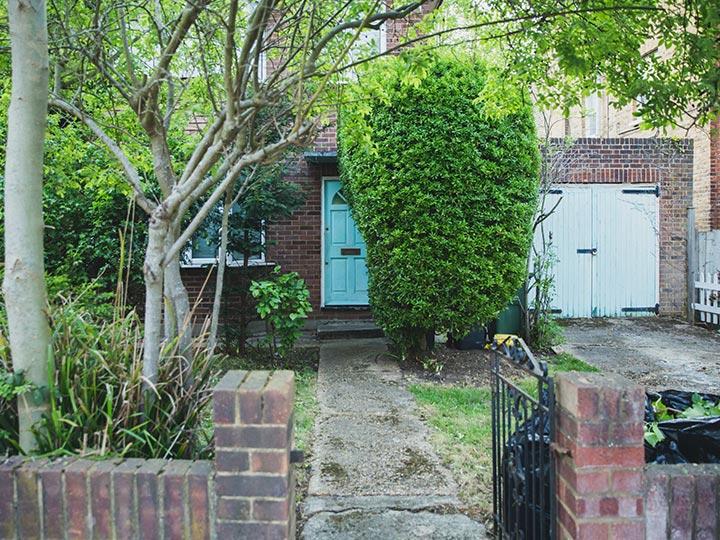The best type of sand for topdressing is one with a medium particle size which is neither too fine nor too coarse. And it needs to be lime-free, so sea sand won’t do. This type of topsoil is good for smoothing and levelling the lawn's surface and also helps improve soil composition.
Lawn Topdressing: Why, When, and How to Do It?
- Discover how topdressing transforms your lawn’s health by improving soil quality and boosting root growth!
- Find out the perfect seasons to top dress your lawn for lush, green grass year-round.
- Learn the step-by-step process to successfully top dress your lawn and enhance its appearance.
- Uncover the secret benefits of topdressing, from better drainage to smoother, level surfaces!
- Get expert tips on choosing the right topdressing mix tailored to your lawn’s needs.

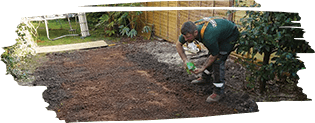
What Is Lawn Topdressing?
Topdressing a lawn refers to the process of applying a mixture of different materials over the lawn’s surface. This gardening method has a lot of benefits but the one it’s most widely known for is producing stunning looking lawns.
Topdressing usually consists of a mixture of materials such as soil, sand, loam and peat which should be mixed in a way to resemble the already existing soil in terms of composition. Since topdressing will eventually become a part of the root zone, it’s important that it blends well with the already established soil.
Why You Should Top Dress a Lawn?
As mentioned above, top dressing a lawn has many benefits. So here’s why you should add it to your lawn maintenance routine:
- Topdressing helps keep the lawn’s surface levelled. This is done by filling all of the smaller hollows and undulations with the topdressing mix, thus levelling the lawn surface.
- Topdressing your lawn regularly helps prevent the buildup of thatch. Topdress can dilute the thatch layer and is also known to naturally break it down.
- Using sand based topdressing can improve your soil’s drainage and firm up the surface. This works particularly well after aeration as the topdressing can be worked into the soil through the holes left behind.
- Spreading peat-based topdressing can improve the drought tolerance of your lawn.
- Some topdressing mixtures contain nutrients so applying them can improve your lawn's fertility.
- Topdressing helps stimulate grass growth in lawns and betters the soil structure of the already existing root zone.
- Improves the lawn’s resilience.
Materials Used for Lawn Top Dressing
The three main components used in topdressing are listed below.
Peat
The best type of sand for topdressing is one with a medium particle size which is neither too fine nor too coarse. And it needs to be lime-free, so sea sand won’t do. This type of topsoil is good for smoothing and levelling the lawn's surface and also helps improve soil composition.
Loam
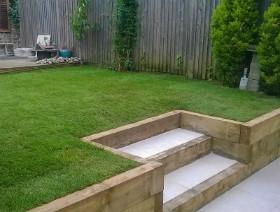
Applying the Right Topdressing for Your Lawn
As mentioned above, the type of topdressing you use all depends on your soil’s structure. Here are the most common mixtures used:

For clay-based lawn
These types of lawns suffer from drainage issues, during the wetter seasons. So go for a topdressing mixture consisting of two parts loam, one part peat and four parts sand.
For loam-based lawn
Loam-based soil usually falls into the perfect middle. For it, you can use a mixture which contains three parts loam, one part peat & three parts sand.
Bonus tip:
You can easily identify the type of soil you have by simply using your hands. Just pick up a handful of it and squeeze it together. If the grains do not stick together when squeezed and have a gritty feel to them, your soil is sand-based. Loam-based soils, on the other hand, have a velvety texture or feel flour-like when they’re dry. If you try making a ball of dirt out of loamy soil it will only stay intact while wet and will crumble apart once it dries. As for clay, it feels sticky but becomes smooth once rubbed.When Should You Top-Dress Your Lawn?
Lawns are best top-dressed during periods of grass growth, so in the UK, that’s anytime between April and October. Traditionally topdressing is carried out either in late spring or early autumn. This is done to correspond with the mainspring renovation or the autumn renovation programs.
Most gardening specialists would agree that top dressing a turf is best carried out after some type of lawn renovation has taken place. The most notable example of such a renovation is lawn aeration.
How Often Should You Top-Dress Your Lawn?
The frequency at which you should topdress your lawn all depends on your soil’s quality. It’s usually recommended to do it at least once a year, though, as that will help even those with the poorest of soil.
How to Apply the Lawn Top Dressing
Start things off by mowing the lawn as this will help with working the top dressing into the grass, later.
Once you’re done mowing, it’s topdressing time.
Spread the topdressing over your turf as evenly as you can. The consistency should be 3-4lb (1.3 - 1.8kg) per sq/yd. Leave it to dry before you start working into the soils as this will make it easier to go down to the base of the sward.
When it’s good and dry, use a landscaper rake(or drag mat or true lute) to work the topdressing into the turf. Repeat this process as many times as necessary, until all of the topdressing becomes part of the soil.
When that is done, let the lawn rest for a few days before you start working on it again. Also if there's no rain during these “few days” lightly water the lawn in order to wash away any loose material.

Have a specific gardening or plant-related question?
If so, click on “Ask now”, submit your question, attach the appropriate images and press send. Your question will be forwarded to one of our Fantastic Gardeners who will get back to you with an answer ASAP.



